World Fine Art Professionals and their Key-Pieces, 32, Somsak Chaituch
World Fine Art Professionals and their Key-Pieces, 32, Somsak Chaituch
At Art Square Amsterdam, I saw large, colourful almost organic paintings full of twists and turns. Beside the work stood the Artist, Somsak Chaituch. A week later I found myself in Somsak’s living room in Amersfoort with his paintings all around me.
Somsak Chaituch (1967) was born in a small village in northern Thailand. He grew up surrounded by stunning nature and rich culture full of warm colours. In 1995 he came to The Netherlands to study Art. He began training at The School of Arts in Utrecht. After two years he continued his Bachelors towards Autonomous Art and in 2001 Somsak graduated with honours. Upon his graduation Somsak received the Graduation Award of SBK Amsterdam-Osdorp.
Between East and West
He continued his studies with a two-year master’s program at the Dutch Art Institute ArtEz in Enschede, where he also graduated, in 2003, with honours. Somsak Chaituch: ‘I had very good teachers: like Peter Struycken, Emo Verkerk and Rik Fernhout. From Peter Struycken I learned a great deal. I also learned through studying famous artists – always with the ideal not to mimic them. We learned to be original, to have our own identity.’
Somsak’s identity is now obvious. Between East and West, he calls it. From the East he derives the warm colours and the decorative details; from the west the structure and sleek curved lines. For his creative work he received several awards. It did not mean he could live from of his Art. ‘I chose to make commercial paintings of Buddha and monks for Thai restaurants for instance.’ In 2008 he received much criticism from the Art world. ‘Somsak has a master’s degree but paints only Buddhas.’ This affected him deeply; he stopped painting. Somsak then opened a now thriving massage practice to earn a living.
Dreams
In November 2013 Somsak started painting again, but no longer on commission. It was then that he developed his current style. The drawings from 2004, just after his degree, already show some of these elements. Somsak: ‘I was wondering: is a painting to capture feeling possible? I searched the Internet and felt my creative senses re-emerging. I started with an elephant. I was somewhat satisfied. But it could be better, I felt.’
Long wavy lines arose subsequently in several beautiful paintings that I now see in his living room. All kinds of traditional Thai elements emerge. In his youth, Somsak worked on traditional Thai carvings and was taught the decorative details he now adds to his paintings. The patterns of the dresses of his mother are echoed in his abstract landscapes. Even his dreams he processes. In the painting “Dreams” dragons emerge.
Somsak: ‘I feel my soul is centuries old while painting, I feel like a dragon.’ He shows me pictures of the first versions of “Dreams”. I see a painting with trees with black trunks and yellow skies. The painting appears to have been painted over several times to eventually become the dragon painting. Somsak: ‘While painting, I discover things. Each painting actually is a series of paintings. Elements of earlier paintings I can use for new paintings.’ Fortunately, he photographed those versions. He is still working on a painting; it is two by two meters, the largest of all. It is a self-portrait with hat.
Melody and rhythm
Somsak: ‘I keep wondering: how do I make Art in-between abstract and realistic? I don’t use photographic techniques, but I like to drop a recognizable object on the canvas. I find it important to convey a feeling.’
While working he is always listening to music: jazz and opera. The music you see in the paintings; they contain elements of melody and rhythm. Small colour accents are repeated, always moving. There are many details in them and lots of red, purple, yellow and blue. He works with acrylic paint because he is allergic to the chemicals in oil paint. ‘Acrylic paint dries faster and is healthier.’
To Bangkok
Last year, in 2014, Somsak received the Europe in Art Prize, which was awarded by The European Biennial Paris with the remark: ‘Chosen thanks to the great talent that your prestigious oeuvre shows’. Somsak hopes that it helps to make a real breakthrough and that he can live from his Art. The award ceremony in Paris was linked with an exhibition of his Work. In January 2015 he had an exhibition in a beautiful space in Amersfoort. He hopes to see his work hanging in a museum one day.
Through Facebook Thailand is already somewhat familiar with his work. A major Thai artist Vorasan Supap who is a contemporary of Somsak, reacted at seeing his work saying, “WOW! Beautiful!” In April he and his partner Ton Beenen will go to Thailand to talk about opportunities to have his work exhibited in a museum. He will meet with a curator, with Vorasan Supap, but also with the National Museum and MOCA Bangkok, the Museum of Contemporary Art. Somsak: ‘All major artists hang at MOCA. The founder of MOCA is a wealthy Art collector. He also has good relationships with other MOCA’s around the world.
Somsak Chaituch: ‘Life is very short, but a work of Art remains. A painting can be around for a few hundred years, maybe a thousand years or longer. This is my legacy: this is Somsak.’
http://ifthenisnow.nl/nl/verhalen/de-wereld-van-de-utrechtse-kunstenaar-5-somsak-chaituch
Disclaimer: The views, opinions and positions expressed within this guest article are those of the author Walter van Teeffelen alone and do not represent those of the Marbella Marbella website. The accuracy, completeness and validity of any statements made within this article are not guaranteed. We accept no liability for any errors, omissions or representations. The copyright of this content belongs to Walter van Teeffelen and any liability with regards to infringement of intellectual property rights remains with the author.

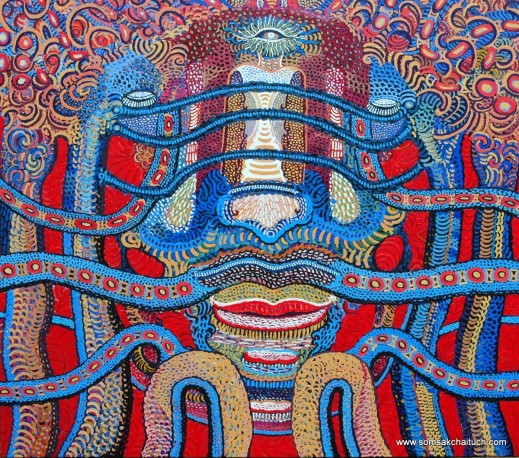
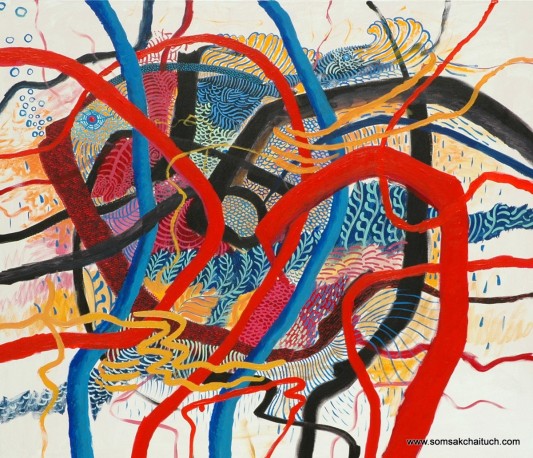
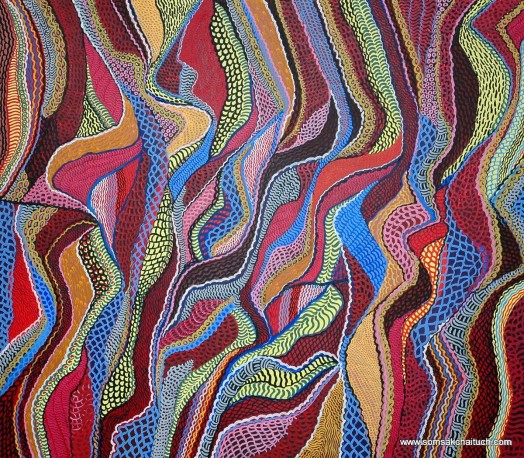
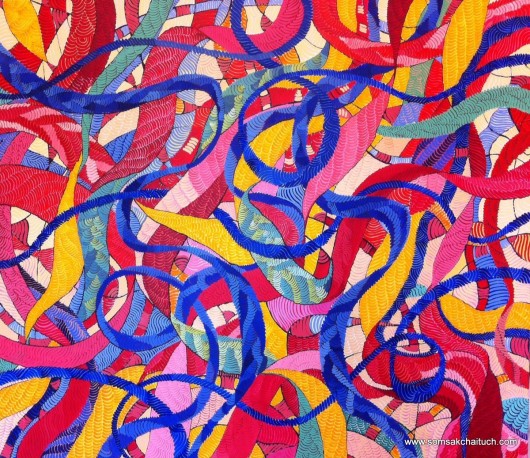
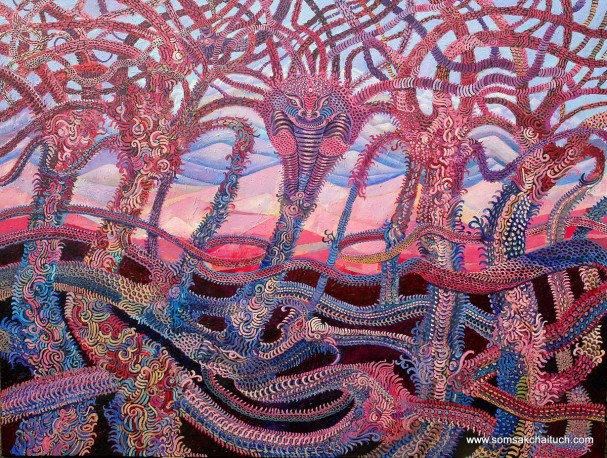
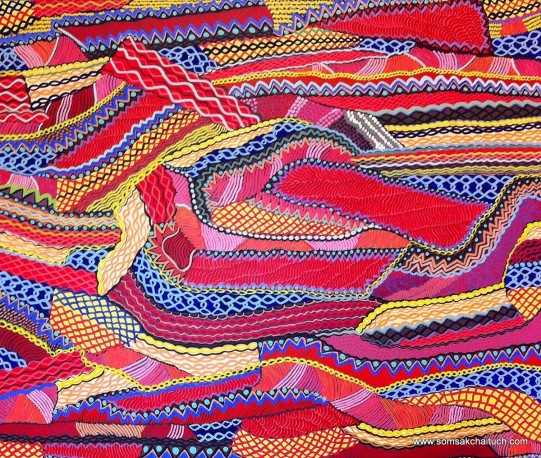
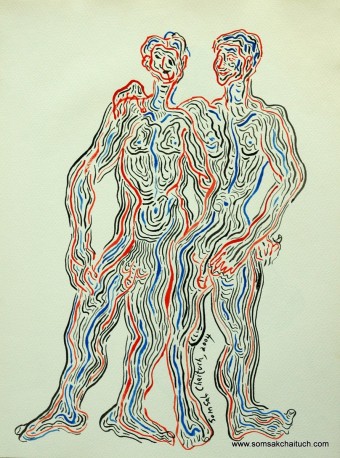
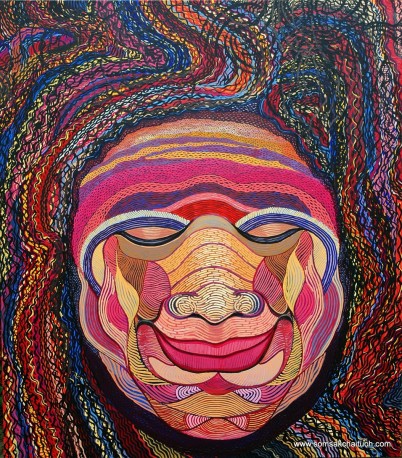

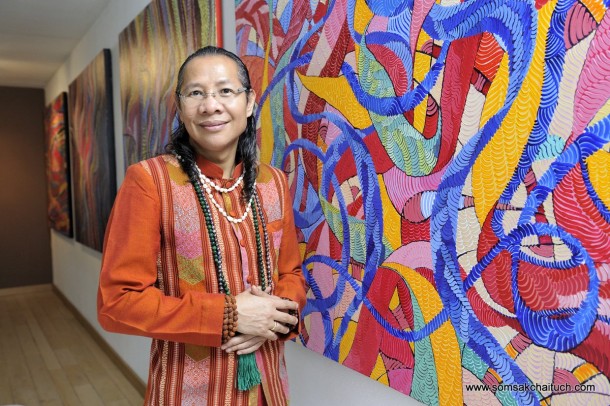














The opinions expressed by individual commentators and contributors do not necessarily constitute this website's position on the particular topic.